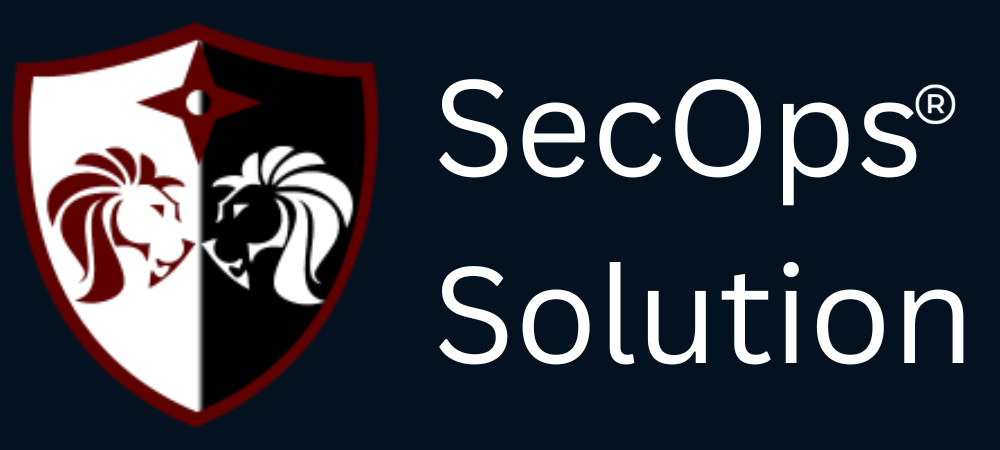
Agentless security for your infrastructure and applications - to build faster, more securely and in a fraction of the operational cost of other solutions

hello@secopsolution.com

The digital world is rapidly evolving, and with it, cyber threats are becoming more advanced and disruptive. To address these risks and ensure the resilience of essential and important entities, the European Union introduced the NIS Directive (Directive on Security of Network and Information Systems) in 2016. While this was a significant step toward strengthening cybersecurity, the rising scale of attacks and increasing dependency on digital infrastructure demanded a stronger regulatory framework.
This gave rise to the NIS2 Directive, which came into effect in January 2023 and must be transposed into national law by October 2024. NIS2 builds upon the foundation of its predecessor but significantly broadens the scope, imposes stricter obligations, and introduces stronger enforcement mechanisms.
In this blog, we’ll explore what NIS2 is, who it applies to, its key requirements, and how organizations can prepare for compliance.
NIS2 is the updated European Union legislation aimed at improving cybersecurity across the EU. It establishes rules for risk management, incident reporting, and resilience of critical sectors to protect both society and the economy against cyber threats.
Unlike NIS1, which primarily focused on essential service providers like energy, transportation, and healthcare, NIS2 expands its coverage to include more industries and digital service providers, thereby increasing the number of organizations obligated to comply.
NIS2 applies to “essential” and “important” entities operating in the EU.
These include organizations in sectors such as:
These include organizations in:
This broad scope ensures that both large-scale operators and smaller yet vital businesses are covered, making the EU’s digital ecosystem more secure and resilient.
Organizations under NIS2 must meet strict obligations in terms of risk management, reporting, and governance.
Organizations must adopt technical, operational, and organizational measures proportionate to the risks they face. These measures may include:
NIS2 introduces a three-step reporting process:
Senior management will be held directly accountable for NIS2 compliance. They must receive cybersecurity training and ensure that security policies are embedded into organizational culture. Non-compliance can result in both corporate and personal liability.
NIS2 emphasizes assessing and managing cybersecurity risks in the supply chain and third-party vendors. Organizations must ensure their partners and suppliers also adhere to strong security measures.
To ensure compliance, NIS2 introduces hefty fines, similar to GDPR enforcement:
Organizations must start preparing now to avoid non-compliance once NIS2 takes effect in October 2024. Some key steps include:
By proactively implementing these measures, organizations can not only avoid penalties but also strengthen resilience against the growing threat landscape.
Cyberattacks are no longer rare incidents—they are a constant risk that can disrupt essential services, compromise personal data, and destabilize economies. With NIS2, the EU aims to establish a harmonized baseline of cybersecurity practices across its member states, ensuring a higher level of preparedness and resilience.
Organizations that comply with NIS2 are not just meeting regulatory demands—they are also building trust, reliability, and long-term competitiveness in the digital economy.
Achieving NIS2 compliance can be complex, especially for organizations with limited cybersecurity resources. This is where SecOps Solution can make a difference.
SecOps Solution offers comprehensive cybersecurity and compliance services, including:
By partnering with SecOps Solution, organizations can simplify their NIS2 compliance journey and ensure they are well-prepared to meet the EU’s stringent cybersecurity expectations.
SecOps Solution is an agentless patch and vulnerability management platform that helps organizations quickly remediate security risks across operating systems and third-party applications, both on-prem and remote.
Contact us to learn more.